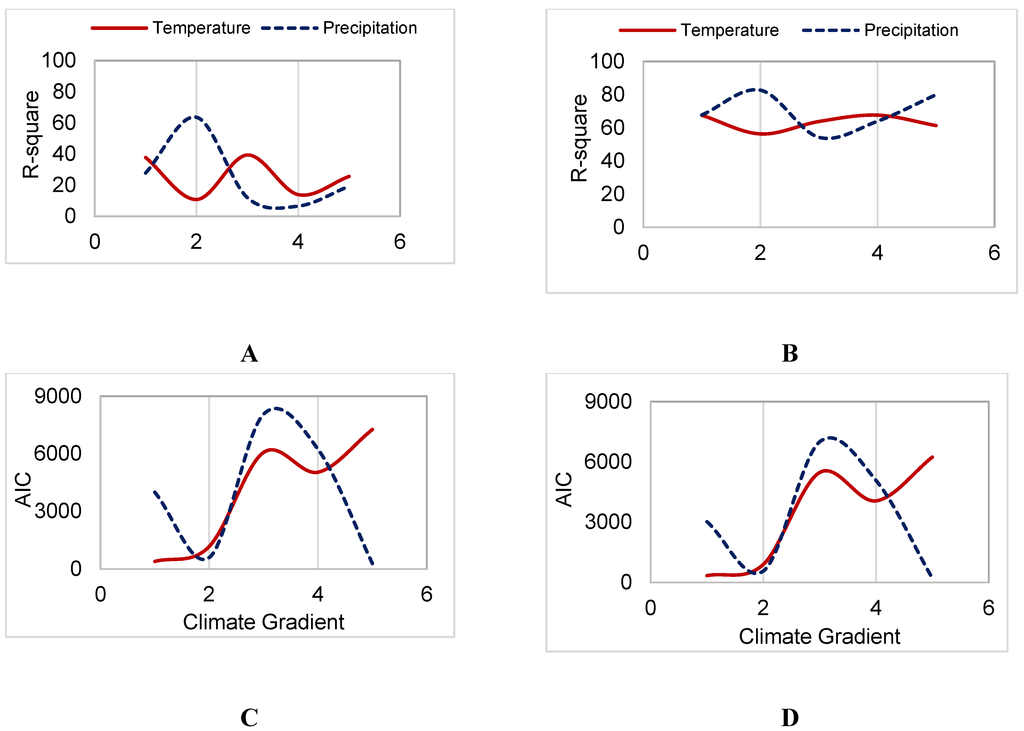Measuring trend strength and sensitivity
Post on: 4 Апрель, 2015 No Comment

Many traders have found success through trend tradingestablishing a position when the market makes an extended move either up or down and hanging on for the ridebut during times of sideways price action, trend strategies can be the source of many losses and much financial pain. Its important for trend traders to hold off trading markets when those markets lack clear and consistent directional movement.
The average directional index, or ADX, is a popular tool for measuring trend strength and letting you know when to stay out of the markets. An element of the Directional Movement System that was popularized in the 1970s and 1980s by famed technician Welles Wilder, it is one way to determine if a security is trending in a potentially profitable way. When combined with the DI+ and DI the ADX also can generate buy and sell signals.
The ADX indicator has long been in the public domain, and its a common feature of nearly all technical trading and charting software, so its calculation will not be covered here. However, the math is readily and freely available online.
Interpretation
The ADX shows trend strength, not direction. The main purpose of the ADX is to determine whether a market is trending or is in a trading range. Determining which mode a market is in is helpful for traders. The first concept to remember is that the direction that the ADX moves doesnt depend upon the direction of the underlying stock. This means: A strong upward trend = Increasing ADX and a strong downward trend = Increasing ADX
Further, a number of parameters have been developed by technical traders over the years that can be used to hone the application of the indicator:
- ADX value below 20: Non-trending market.
- ADX crosses above 20: Signal that a trend might be emerging; consider initiating buy or sell short in direction of prevailing stock, futures or currency price movement.
- ADX value drifting between 20 and 40: If ADX is increasing between 20 and 40, then it is further confirmation of emerging trend. Buy or short sell in the direction of the current market direction. Avoid using oscillator technical indicators, such as the RSI, and use trend-following indicators, such as moving averages.
- ADX above 40: Strong trend.
- ADX crosses above 50: Extremely strong trend.
- ADX crosses above 70: A power trend is in place; this is a rare occurrence for any market.
Trend view (below) shows the ADX with a price chart of the S&P 500 (CME:SPZ14 ). It is a good example of the ADX in action. As seen in the chart, the S&P 500 was in a strong uptrend and the ADX was rising steadily, When the S&P 500 moved in non-directional consolidation phase, the ADX crossed below the 40 line, suggesting the trend was over by registering a decreasing ADX.
The Directional Indicator, or DI, Crossover System involves comparing the 14-day DI+ and the 14-day DI. The DI+ and DI are components of the ADX itself. This strategy can be implemented by plotting the two indicators on top of each other or by subtracting the DI+ from the DI and observing the net value of the result.
Wilder suggests two rules for trading ADX using the DI Crossover System:
- Buy when the DI+ rises above the DI
- Sell when the DI+ falls below the DI














